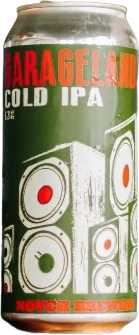fluketamer
Well-Known Member
- Joined
- Dec 1, 2008
- Messages
- 1,949
- Reaction score
- 2,560
isnt it just a lager with ale hops?
i was planning on brewing an APA this week but noticed i dont have any fresh ale yeast. i have 34 /70 however and pilsner malt so i thought i might make a cold IPA.
since the grist is the same and the yeast is the same isnt this the same as a lager with ale hops?
not that it matters of course.
i was planning on brewing an APA this week but noticed i dont have any fresh ale yeast. i have 34 /70 however and pilsner malt so i thought i might make a cold IPA.
since the grist is the same and the yeast is the same isnt this the same as a lager with ale hops?
not that it matters of course.






![Craft A Brew - Safale S-04 Dry Yeast - Fermentis - English Ale Dry Yeast - For English and American Ales and Hard Apple Ciders - Ingredients for Home Brewing - Beer Making Supplies - [1 Pack]](https://m.media-amazon.com/images/I/41fVGNh6JfL._SL500_.jpg)




















































